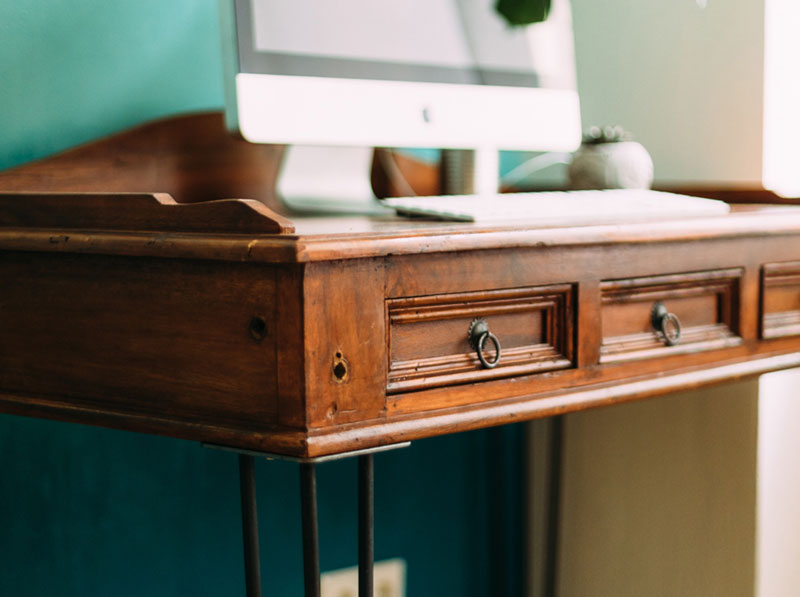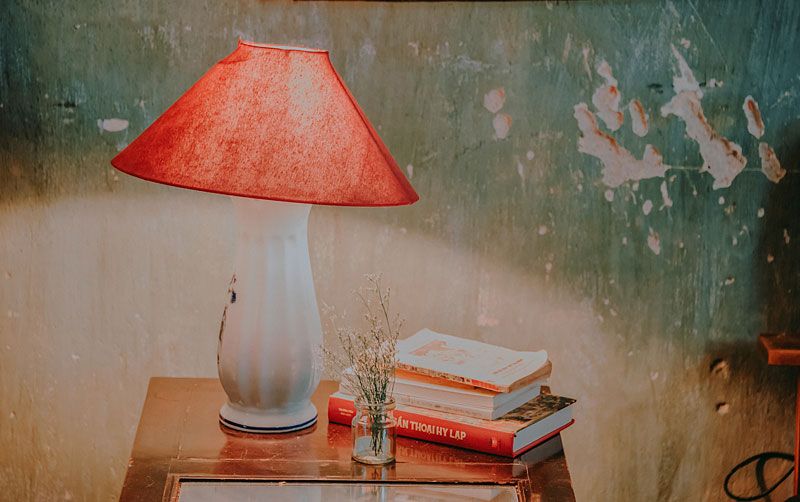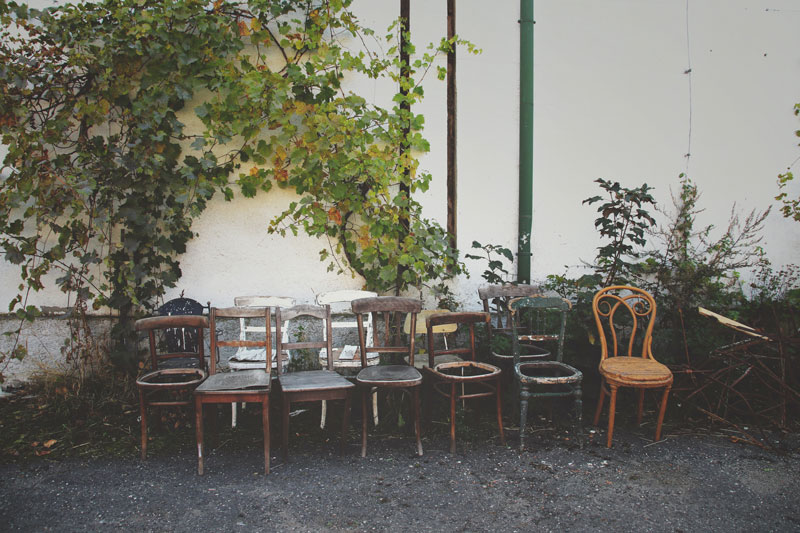Blog
Upcycling Furniture and Its Benefit to the Environment
Whether you’re searching for new furniture or you have an old piece that no longer serves its purpose (at least right now), upcycling might be a viable solution. Not only is upcycling creative, it’s also sustainable! As a company who places sustainability at the forefront of our mission, we love being able to support environmental health through eco-friendly practices.
Keep reading for more on upcycling with insight from our Merchandising team.
What is upcycling?

Upcycling means taking waste or an item and repurposing it to a higher form. It’s a way to give something a fresh look, and maybe it will have a different use than what it was originally intended for. In comparison, recycling breaks an item down into raw materials that are used to make something completely new.
So what can upcycling furniture look like?
If someone in your family has an old sewing machine table they no longer use, you can convert it into an end table or side table.
“You could also find a really cool iron base and then you find a top, maybe it’s an old barn door, and make a dining room table,” Brian Bechard, our VP of Merchandising, suggested. “So it’s a mixed use of salvaged materials.”
Upcycling also applies to accessories - for example, lamps:
-
Laura Nickerson, our Merchandising Manager, suggested taking fabric from an old pillow and applying it to a lamp shade.
-
Add a new shade to an old lamp and repaint its base/body to give it a new look.
-
Find an instrument, like a flute or clarinet, that’s no longer being used and repurpose it as the body of a lamp.

Even manufacturers upcycle. Copeland Furniture finds different ways to repurpose everything, like using wood scraps to heat their building, so they don't waste materials. Another example is Revolution Fabrics, who sells performance fabrics that are made with an upcycled fiber called olefin.
Environmental benefit of upcycling
The simple act of upcycling furniture means it isn’t being thrown into a landfill where toxic chemicals like methane and carbon dioxide are released into the environment.
If you need furniture and don't have anything to upcycle, our Queen Bee, Peggy Burns, recommended shopping around for used furniture. It’s a more sustainable option, and if you’re on a budget, it’s better than buying an inexpensive piece that may not be built to last and throwing it away in a year (or less).
Now if you aren’t going to upcycle, donating to a friend or local charity is a better alternative compared to throwing your furniture in the trash since you’re giving someone else the opportunity to repurpose it.

While upcycling itself is beneficial to the environment, there are additional eco-friendly practices you can follow throughout the process. For example, you can buy non-toxic paints, finishes, and stains for any wood furniture you’re upcycling. A company like Rubio Monocoat sells plant-based oil wood finishes that are free of VOCs (volatile organic compounds), which release harmful chemicals into the air.
For furniture that needs to be reupholstered, look for eco-friendly fabrics that are Global Organic Textile Standard (GOTS) certified. This means they qualify as organic and environmentally-safe.
Upcycling has evolved over the years, offering a creative and eco-friendly way to turn your trash into treasure. Give it a try one day to see how you can repurpose your old furniture!
Read more: Buying Green: Everything You Need to Know About Sustainable Furniture
Author:


